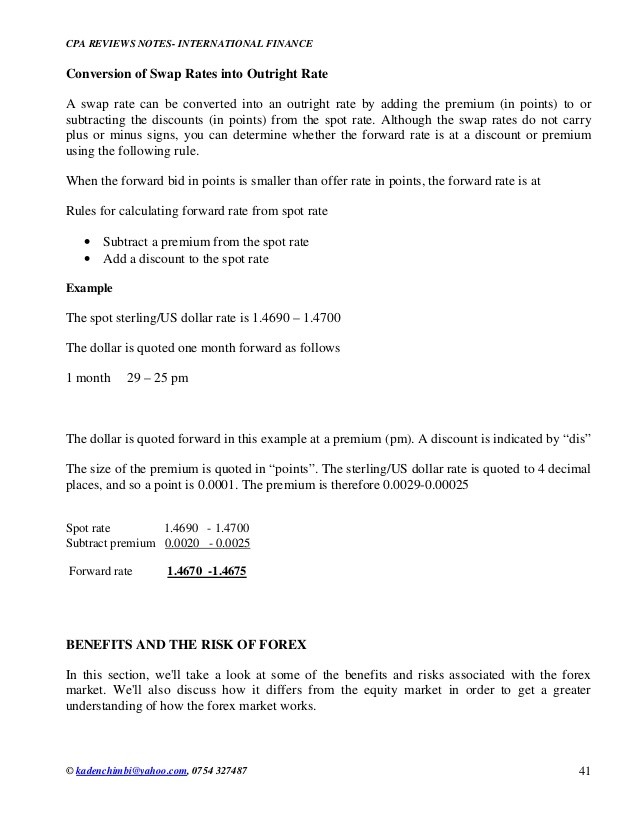The Advantages Of Bond Swapping Yahoo Finance Canada
Post on: 21 Июль, 2015 No Comment

Investing & Planning
Bond swapping is the process of selling a bond and using proceeds from the sale to purchase another bond, in order to achieve specific investment objectives. There are several reasons why an investor would want to consider bond swapping or why a financial professional may advise it for a client, such as adding diversity to a portfolio, lowering taxes or taking advantage of anticipated interest rate changes.
Lowering Taxes
Probably the most common bond-swapping purpose is to lower capital gains or ordinary income tax obligations. Bond swapping to lower taxes involves selling a bond that is trading below the price you paid to purchase the instrument and taking the loss to write-off a portion or all of the taxes owed on capital gains from other investments or ordinary income. At the same time, you would then purchase another bond investment with similar but different features (yield, maturity and credit rating). By swapping bonds under this scenario, you have the potential to both write-off a loss in order to save on taxes and re-invest in another similar instrument that will, hopefully, hold its value and produce the anticipated return upon maturity, enabling you to realize a later profit.
Before swapping in order to lower taxes, its important to know if your potential gains and losses are short-term (on a holding of less than 12 months) or long-term (on a security held longer than 12 months). The difference affects how you can apply your losses — short-term losses will offset short-term gains and long-term losses offset long-term gains — and the rate at which youll be taxed on profits — short-term gains are taxed at your ordinary income tax rate whereas long-term gains have a lower maximum tax rate. The status also affects whether or not you can carry forward any excess losses over the amount of your current tax obligations to apply to future tax bills.
Its also important to make sure that the new bond investment you choose has at least two different features (for example, maturity, issuer and coupon rate) from the original bond youre swapping, in order to avoid a wash sale, which would prevent you from claiming the loss. The IRS considers a bond swap a wash sale if the new bond you purchase — within 30 days before or after the sale of the original bond — is essentially the same as the one you sold to take the tax write-off.
Gaining a Greater Yield
Investors who want to increase the amount of potential return through their bond investments may choose to swap bonds by:
- Extending maturity. Investors will often swap a shorter-term bond for a longer-term bond, since longer-term notes typically offer a higher yield. Typically, the longer a maturity on a bond, the greater the yield. When swapping to increase yield, its important to consider that extending maturities could make your investment more vulnerable to price fluctuations if interest rates change.
Improving Quality
A bonds credit rating is often one of the most important factors for an investor. Swapping bonds to improve quality is when an investor sells one fixed-income holding with a lower credit rating for a similar one with a higher rating. Swapping for quality becomes especially attractive for investors who are concerned about a potential downturn within a specific market sector or the economy at large, as it could negatively impact bond holdings with lower credit ratings. Swapping into a higher-rated bond (say, from a Baa to an Aa bond) may be a relatively easy way to gain greater confidence that your bond investment will have a higher probability of being repaid, in exchange for a lower yield.
Maximizing or Minimizing the Effect of Interest Rate Changes
Because bonds offer a fixed-rate of interest, holders can more easily compare potential gains (or losses) due to interest rate environment fluctuations. For example, if you anticipate a rise in interest rates, you may want to consider swapping longer-term bond holdings for shorter-term bonds in order to lower the potential impact on your overall bond portfolio value. In the same way, investors who are concerned about interest rate drops may decide to extend the average maturity of their portfolio.
Not all bonds respond similarly to interest rate changes. so its important to know how the bonds youre holding best perform before you choose to swap. In addition, its essential to appropriately gauge your risk tolerance, since bond swapping in anticipation of interest rate changes is speculative and the changes upon which youre basing your bond swap may not come to pass, resulting in a potential investment loss.
The Bottom Line
Though bond swapping can add diversity to a portfolio and potentially lower taxes, its important to not rush into the world of bond swapping. Work with a professional financial advisor to ensure that your bond swap execution strategy helps you meet your investment goals and that you understand the tax implications of pursuing such a plan.














